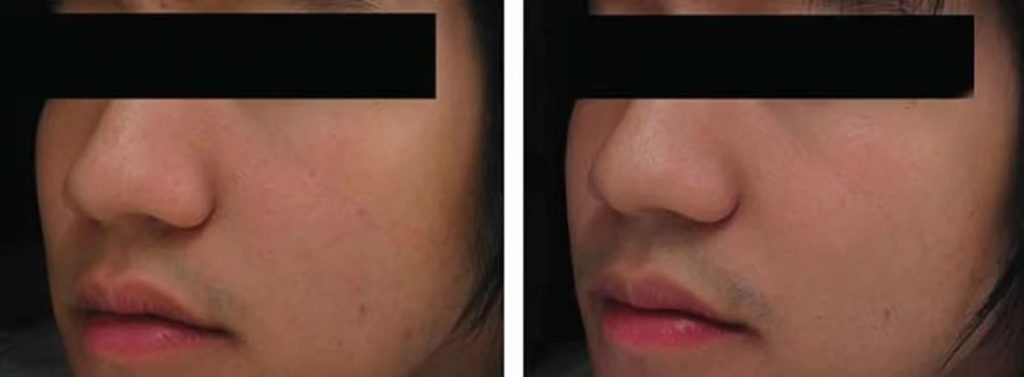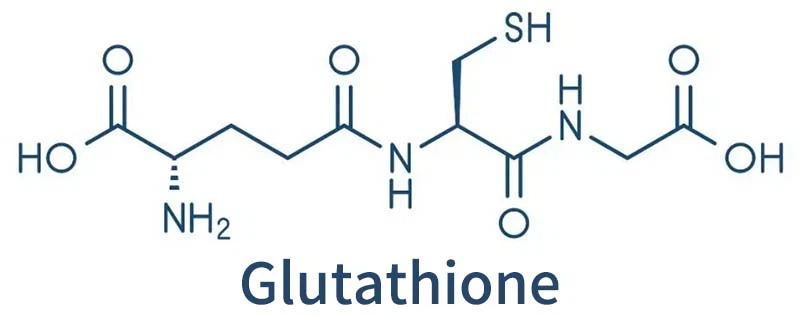Speaking of glutathione, we should not be very strange, the previous few periods of sweet also interpreted the melasma “beauty plastic therapy” water and light agent how to choose?
Regarding the selection and collocation of agents, how to treat melasma, today’s article East Africa takes you to see several articles, for other uses and uses of glutathione, including: oral, intravenous injection, but also to share the pros and cons with you.
The earliest popular whitening needle for a long time is a kind of intravenous drug, its main components are glutathione, tranexamic acid, vitamin C. When it comes to tranexamic acid, everyone has read our previous article should have some understanding, whether in PIH or melasma, whether oral or topical overall effect is very clear, then glutathione will be like tranexamic acid, Is it as effective both in terms of safety and efficacy?
Today, we will also analyze the basic theory of glutathione whitening, and interpret whether oral and intravenous injection is feasible, and what is not safe.
What is glutathione?
Glutathione is a tripeptide containing sulfhydryl, widely distributed in various organs of the body.
The active component of glutathione is divided into reducing glutathione (GSH), which can participate in the REDOX process in the body. Under the action of glutathione transferase, GSH can combine with peroxides and free radicals to resist the destruction of sulfhydryl by oxidants.

Protect the enzymes and proteins containing sulfhydryl groups in the cell membrane from being destroyed to avoid free radical damage.
Glutathione mechanism of action
In vitro studies have confirmed that GSH monoester or diethyl ester derivatives can inhibit tyrosinase activity and reduce melanin production, and are cytotoxic to a variety of melanoma cell lines.
The anti-melanin effect of glutathione may occur through the following mechanisms;
1, antioxidant properties, eliminate free radicals
2, binding to the copper active site of tyrosinase and inhibiting tyrosinase to play a role
3, promote the increase of fusomelanin production, and the relative decrease of eumelanin production, the overall appearance of the skin has improved brightness, so as to achieve the ability of whitening.
Early research
Glutathione has been partially studied in healthy Asian populations, and there is sufficient preliminary evidence for oral use.
Improved melanin index, and can reduce UV-induced pigmentation, in addition to anti-photoaging effects, such as; Reduces wrinkle formation and pore size.
Literature interpretation of oral glutathione
The first study was carried out in the Thai population (Fitzpatrick skin type II-V). The experimental group (30 people) took oral glutathione 250mg/bid, while the control group (30 people) took oral placebo for continuous treatment for 4 weeks.
The results showed that the exposure site MI of the experimental group was significantly reduced compared with the placebo group.
Patient satisfaction was high, although the experimental group improved in terms of skin color and pore size, there was no significant difference between the control group and the experimental group.
For comparison: After 12 weeks of treatment, glutathione (250mg/d po), oxidized glutathione (250mg/d po) and placebo groups showed corresponding improvements in MI, UV stain, TEWL, wrinkle degree and skin elasticity, but the differences were not significant compared with placebo.
There was no significant difference between the glutathione and oxidized glutathione groups.
Another study was also conducted orally by Philippine scholars in 34 healthy people (Fitzpatrick skin type IV-V), GSH lozenges (a patented drug containing L-glutathione, selenium, vitamin C/D3/E, grape seed extract) 500mg/d po for 8 weeks.
It found that MI was significantly lower than baseline in all subjects at both exposed and non-exposed sites, with 90% of subjects rated as moderately whitening and 10% as mildly whitening.
In an earlier study, Arjin Pathana et al., published a randomized, double-blind, placebo-controlled study on melanin index that examined whether oral glutathione could affect skin melanin index compared with placebo.
This randomized, double-blind, placebo-controlled study enrolled 60 healthy medical students who randomly assigned to receive glutathione capsules (500mg/ day in 2 doses) or placebo for 4 weeks.
The main result was to measure the extent to which the melanin index decreased on average at six different sites (exposed and non-exposed areas of the face and upper limbs). Secondary results include VISIA recordings (including UV spots).
At week 4, the GSH treated subjects had a sustained decrease in melanin index at all six sites, with significantly greater decreases in melanin index at the two exposed sites on the face and forearm than those receiving placebo (P values 0.021 and 0.036, respectively), and the same change in the number of UV spots, which well tolerated by both glutathione and placebo.
conclusion
The long-term safety of oral glutathione, which lightens skin tone in subjects, has not determined and requires extensive clinical trials.

Literature interpretation of glutathione intravenous administration
Intravenous administration is a very controversial topic, the current literature indicates that glutathione can injected when the body has a large amount of oxygen free radicals, such as chemotherapy-induced toxicity, severe paraquat poisoning, etc.
Although injected glutathione may used in Asia for skin whitening (whitening needles), there no peer reviewed studies to support this use.
In fact, intravenous administration of drugs may cause adverse reactions in the kidneys, liver, and nervous system, increasing the risk of infectious diseases such as hepatitis B, hepatitis C, and AIDS, and serious skin reactions such as Stevens-Johnson syndrome and toxic epidermal necrosis.
Earlier, countries such as the Philippines and the United Kingdom have issued warnings against the off-label use of glutathione for skin whitening, and the United States FDA has ordered a New Jersey company to stop marketing its glutathione-containing injectable whitening products and recalled unapproved products due to safety concerns (necrosis, infection, systemic reactions).
Another study done by Zubair et al., a placebo-controlled study evaluating the effect of intravenous glutathione on whitening. The study initially included 50 patients, but only 32 patients completed the study due to severe adverse reactions, and the study divided 32 patients into two groups for treatment.
Sixteen patients in the experimental group received intravenous glutathione 1200mg twice a week for 6 weeks (12 injections in total), while those in the placebo group received intravenous saline.
The skin color changes in two body areas exposed to sunlight measured by Taylor pigmentation scale. Efficacy and side effects assessed at the end of treatment and at 2, 4, and 6 months after stopping treatment.
result
After 12 injections of glutathione, 6 of 16 subjects (37.5%) showed significant improvement, while 3 of 16 subjects (18.7%) showed improvement with placebo (p=0.054).
After stopping treatment, the improvement gradually disappeared and did not last long, with only one patient maintaining improvement at a follow-up of 6 months after treatment.
There was no significant difference in skin between the two groups (glutathione and placebo) (p=0.985,p=0.998, respectively).
Adverse reactions occurred in all subjects (it should noted that all mentioned in the literature). Severe adverse reactions that required discontinued treatment included abnormal liver function (n=8) and allergic reactions in patients (n=1). Other mild adverse reactions included feeling warm during injection, abdominal pain, diarrhea, dizziness, etc.
In SUMMARY:
According to the conclusions of the above literature, although oral glutathione seems to safe and effective for whitening treatment, intravenous injection has not studied, so it has certain risks and should not used as a treatment option, which needs to clearly understood.
The effect of GSH has to denied, but its weakness is that it afraid of light, afraid of water, afraid of high temperature, poor stability, if it added to the cosmetics dissolved in water solvent, it quickly oxidized and decomposed, and it difficult to play a corresponding role on the skin.
At present, significant effects can seen or combined with water light or microneedles are more significant. In the treatment of pigmented diseases, one of the techniques we often use, whether combined with vitamin C or alone, can see a decrease in the score of the pigment index.
References:
- Juhasz M L W,Levin M K.The role of systemic treatments for skin lightening(J).JCosment Dermatol ,2018.
- Weschawalit S,Thongthip S,Phutrakool P,et al,Glutathione and its antiaging and antimelanogenic effects(J).Clin Cosmet Investig Dermatol,2017,10:147-153,
- Arjinpathana N,Asawanonda P,Glutathione as oral whitening agent:a randomized double-blind,placebo-controlled stud(J)
- Journal of dermatological treatment,2012.23(2):97-102Zubair S,Hafeez S,Mujtaba G,Efficacy of Intravenous glutathione vs.placebo for skin tone lightening(J).
- Journal of pakistan Association of Dadzie O E,Unethical skin bleaching with glutathione(J).BMJ,2016,354:i4386




